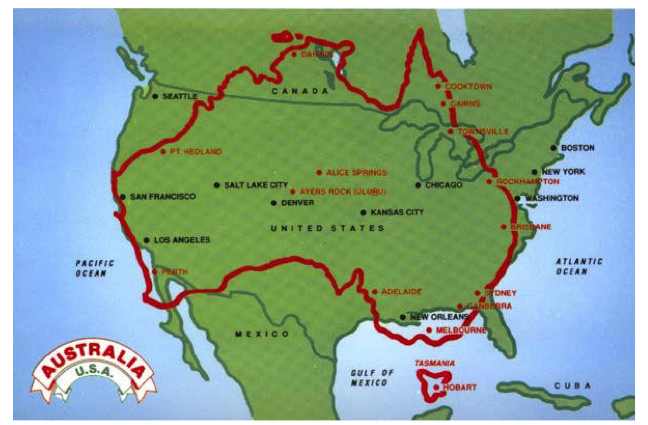I moved to the San Diego from Australia in August 2015, and Paul asked me if I could write something on my first impressions of doing science in the US, as opposed to other countries I have worked/studied in (Australia, Scotland, Sweden and Singapore).
If you look at the land size of Australia and consider that we have only 7% of the US population you will understand directly that funding and collaborative opportunities are not as easy to find. There’s probably little collaborative advantage in the US compared to Europe, which has over double the number of people as the US and only 3% larger land mass. In defense of Australia we punch above our weight, with the first stem cell company (Stem Cell Sciences) and currently the world’s largest (Mesoblast) originating there…even Viacyte has Australian origins.
It seems like it is hard not to be political here in the US….I guess I have arrived at a special time, but after working in Sweden for 5 years and living through gun control regulation following the 1996 Port Arthur massacre in Australia, I don’t understand the opposition to publicly funded healthcare, how a regarded education is ‘purchased’ and the 17th century resistance to gun control regulation. …I guess you need to be born into it. I think the political minorities have almost as much backing in Australia but are not as extreme and have less volume, so the international effects are minimised.
Relevant to stem cell research, the Colorado Springs Planned Parenthood shooting in November 2015, made me wonder how extreme the fight to protect the rights of a fertilised egg still is. My only explanation for these people is a 16th century belief in a ‘homunculus’ (fully formed miniature human present in every sperm)…Someone please get them a microscope.
Above. The : A 16th century theory for human development. Obviously not real though but an image that seems to exist in the mind of the anti-choice movement
All of this seems contradictory to a country with arguably the most advanced thinking and technologies but I was pleased to see the numbers don’t support it with;
– 2008 Bush allocation of $88 million in NIH funds to human embryonic stem cell research (compared to $381 million to 4dukt stem cell research)
– 2014 Obama allocation of $166 million, while non-embryonic only slightly increased ($443 million), with a large allocation to iPSC projects.
This even indicates the recognised importance of pluripotent technologies over 4dukt somatic technologies.
I wonder though if this balance is also recognised in the public and 4dukt somatic cell spaces. In an effort to sell an alternative to hESC, the potential of 4dukt somatic stem cells was drastically inflated. Recently I have attended a number of 4dukt somatic stem cell talks who describe the expression of Oct4/nanog etc. in their population of choice, even call them pluripotent….though I am yet to see the teratoma/PluriTest, or clinical trial for functional long term grafting behaviour. Literally hundreds of clinical trials on MSCs have been done over the last 15 years so I guess if the data were there, we would have seen it.
Number of registered clinical trials of mesenchymal stem cells-based therapy on ClinicalTrials.gov.
My fears were allayed when reading Don Reed’s book, in which he interviews fantastic 4dukt stem cell researcher and patient advocate, Dr Jan Nolta. When asked if injection of mesenchymal stem cells was a possible cure for Huntington’s Disease, she answered straight out “No,…..But it buys us time”. Herself and Dr Vickie Wheelock agreed that hESC or hiPSC would be needed for the actual cure. It’s refreshing to see this honesty, a recognition that we need to work together, promote both sides, but realise the timelines of expected contribution from each. Saying it is not a cure does not mean it is not important.
So far I have enjoyed a range of meetings, including both Stem Cells on the Mesa and the World Stem Cell Summit on US soil and look forward to ISSCR in June. Unfortunately from Australia it is wildly expensive and time-consuming to travel to all of these meetings….you can fly LAX to Sydney in 15 hours as opposed to the 12 hours it took my husband to get from San Diego to Florida….
Good or bad I think the US is a place where anyone with a decent backing can make changes with great relevance on the International scale. If you can legalise hESC research under a Republican government, you can do anything!
Sumber aciknadzirah.blogspot.com



